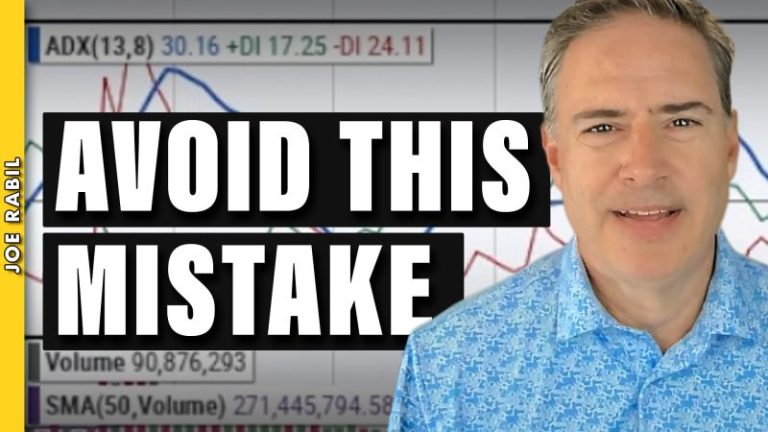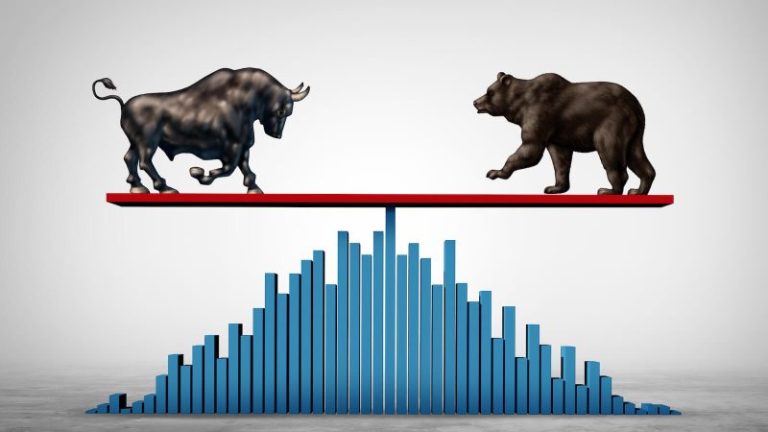Investing in silver bullion has pros and cons, and what’s right for one investor may not work for another.
Interest in the silver market tends to flourish whenever the silver price increases, with investors beginning to wonder if silver is a good investment and it is the right time to add physical silver to their investment portfolios.
While silver can be volatile, the precious metal is also seen as a safe-haven asset, similar to its sister metal gold. Safe-haven investments can offer protection in times of uncertainty, and with tensions running high, they could be a good choice for those looking to preserve their wealth in difficult times.
With those factors in mind, let’s look at the pros and cons of buying silver bullion.
What are the pros of investing in silver bullion?
Silver can offer protection
Silver bullion is often considered a good safe-haven asset. As mentioned, investors often flock to precious metals in times of turmoil, politically and economically. For example, physical silver and gold have both performed strongly in recent years against a background of geopolitical instability and high inflation.
Silver bullion is a tangible asset
While cash, mining stocks, bonds and other financial products are accepted forms of wealth, they are essentially still digital promissory notes. For that reason, they are all vulnerable to depreciation due to actions like printing money. A troy ounce of silver bullion, on the other hand, is a finite tangible asset. That means that, although it is vulnerable to market fluctuations like other commodities, physical silver isn’t likely to completely crash because of its inherent and real value. Market participants can buy bullion in different forms, such as silver coins or silver jewelry, or they can buy silver bullion bars.
Silver’s cheaper and more flexible than gold
Compared to gold bullion, silver is significantly cheaper, which makes it more accessible for investors looking for an affordable entrance to the precious metals market. This can make it easier for investors to build up a portfolio over time.
Another benefit is that investors who need to convert their precious metals to currency will have an easier time selling a portion of their silver portfolio than those looking to sell part of their gold. Just as a US$100 bill can be a challenge to break at the store, divvying up an ounce of gold bullion can be a challenge. As a result, silver bullion is more practical and versatile, particularly for everyday investors who need flexibility in their investments.
Silver offers higher returns than gold
Silver tends to move in tandem with gold: when the price of gold rises, so too does the price of silver. Because the white metal is currently worth around 1/100th the price of gold, buying silver bullion is affordable and stands to see a much bigger percentage gain if the silver price goes up. In fact, silver has outperformed the gold price in bull markets. It’s possible for an investor to hedge their bets with silver bullion in their investment portfolio.
History is on silver’s side
Silver and gold have been used as legal tender for thousands of years, and that lineage lends them a sense of stability. Many buyers find comfort in knowing that silver has been recognized for its value throughout a great deal of mankind’s history, and so there’s an expectation that it will endure while a fiat currency may fall to the wayside. When individuals invest in physical silver, there is a reassurance that the metal has value that will continue to persist. Additionally, its increasing use as an industrial metal in the energy transition has improved the metals fundamentals even further.
What are the cons of investing in silver bullion?
Danger of theft
Unlike most other investments, such as stocks, holding silver bullion can leave investors vulnerable to theft. And of course, the more physical assets, including silver jewelry, that reside within your home, the more at risk you are for losing significantly if a burglary takes place. It’s possible to secure your assets from looting by using a safety deposit box in a bank or a safe box in your home, but this will incur additional costs.
Weaker return on investment
Silver may not perform as well as other investments, such as real estate or even other metals. Mining stocks, especially silver stocks that pay dividends, may also be a better option than silver bullion for some investors. Royalty and streaming companies are another option for those interested in investing in silver, as are exchange-traded funds and silver futures.
High silver demand leads to higher premiums
When investors try to buy any bullion product, such as an American silver ounce coin known as a silver eagle, they quickly find out that the physical silver price is generally higher than the silver spot price due to premiums used by sellers. What’s more, if demand is high, premiums can go up fast, making the purchase of physical silver bullion more expensive and a less attractive investment.
Bullion lacks quick liquidity
Silver bullion coins are not legal tender, meaning they can’t be used for every day purchases. Since the metal is usually used as an investment, this isn’t often an issue. However, it does mean that if silver needs to be sold in a hurry to cover expenses, investors will need to find a buyer. If you can’t access a bullion dealer and are in a jam, pawn shops and jewelers are an option, but they won’t necessarily pay well.
How to add physical silver to your portfolio?
How to buy silver digitally?
Larisa Sprott: Gold, Silver Early in Cycle, Smart Money Buying Now
Securities Disclosure: I, Melissa Pistilli, hold no direct investment interest in any company mentioned in this article.










